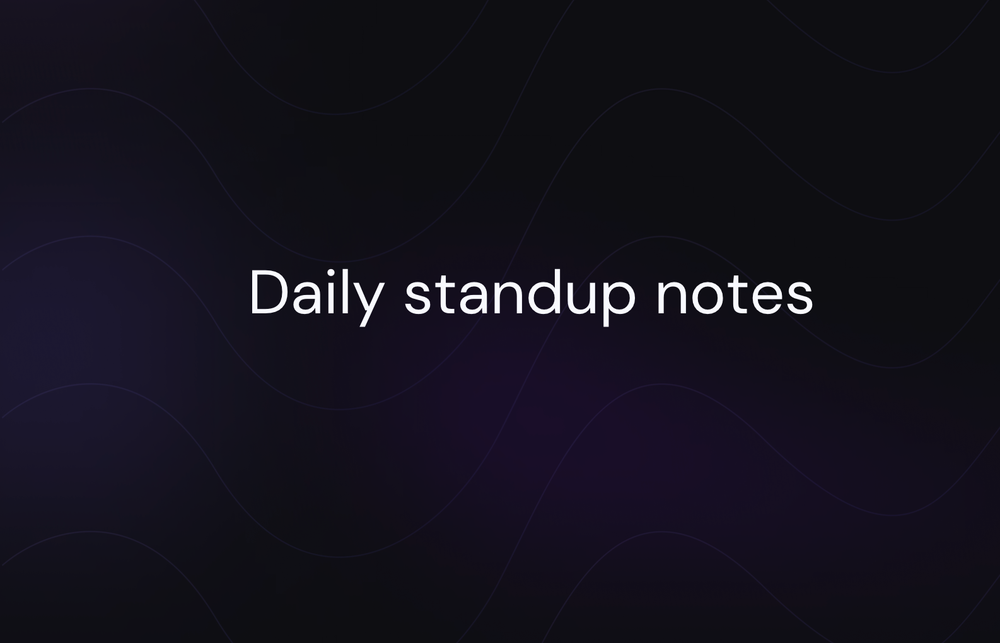Your meeting went well. You know deep down that it did. There were obvious signs: your potential client was attentive and completely engrossed in your conversation—even cheerful.
But then, after following up on his decision, the answer is a resounding no.
What if you can better understand your potential clients through sentiments, specifically sentiment analysis?
Sentiment Analysis is a process used to classify if a block of text or speech is positive, negative, or neutral. But does it just focus on polarity? Nope.
With algorithms, sentiment analysis allows you to look deeper into emotions expressed and assess if it's happiness, anger…even sadness.
In this article, you'll learn more about sentiment analysis and how it works.
What is Sentiment Analysis?

The use of natural language processing (NLP), biometrics, or text analysis to identify, extract, study, or determine the sentiments of data, whether positive, negative or neutral, qualifies as Sentiment Analysis.
Otherwise known as opinion mining or emotion AI, sentiment analysis can be used for understanding customer needs, brand monitoring, observing story arcs, review analysis, and recommender systems.
So how does it work?
The basic analysis follows a very straightforward process:
- Sentiment analysis first breaks the text into components like sentences, phrases, or parts of speech.
- It then identifies each sentiment-bearing component.
- The components are then graded or assigned a sentiment score i.e. -1 or +1.
- The scores are combined in the case of multi-layered sentiment analysis.
Types of Sentiment Analysis
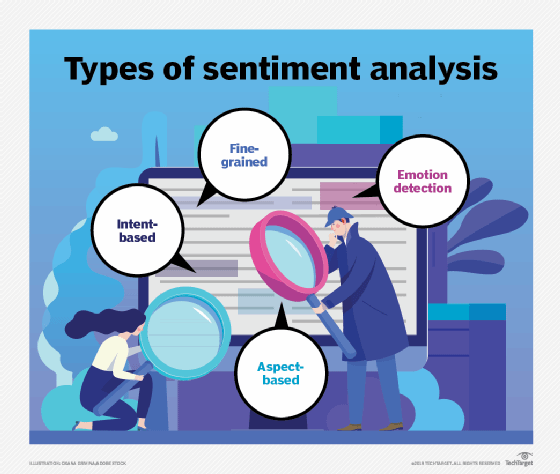
You can build sentiment analysis models based on how you want the text to be interpreted. The most common type focuses on polarity, but the other can detect feelings and emotions.
The most common types of sentiment analysis are the following:
- Standard Sentiment Analysis (SSA)
- Emotion Detection
- Fine-grained Sentiment Analysis
- Multilingual Sentiment Analysis
- Aspect Based Sentiment Analysis (ABSA)
- Intent Detection
Standard Sentiment Analysis (SSA)
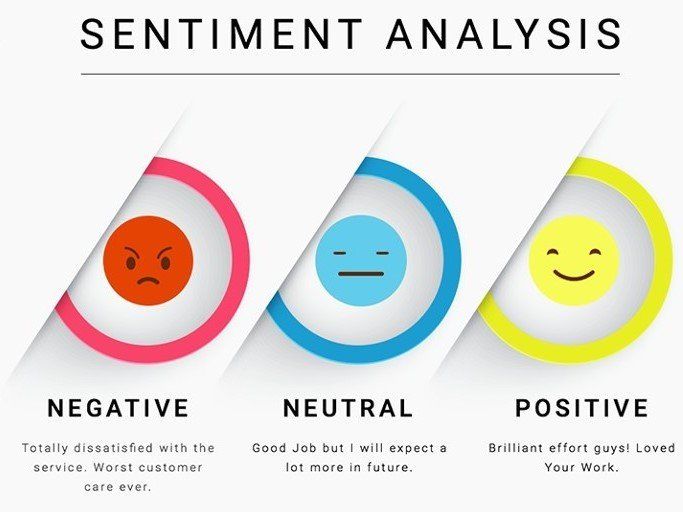
SSA identifies the degree of an opinion and classifies it into positive, negative, or neutral.
Here are some examples:
- I love this new restaurant — positive.
- I'm not sure if I like the food, I think I like the ambiance. — neutral
- The food there is awful and is their service — negative
Emotion Detection

Emotion detection allows you to detect the emotions underlying a text, such as happiness, anger, and frustration. This is also more sophisticated when it comes to lexicons and machine learning.
While the advantage of using a lexicon is that it lets you understand the customer's emotions, the downside is that people express feelings differently.
For example, words that have a negative connotation (i.e. She feels sick) can also have a positive meaning (i.e. That's so sick!).
Fine-grained Sentiment Analysis

Also known as graded sentiment analysis, this type lets you add a few more categories apart from positive, negative, or neutral. It's very similar to 5-star ratings and classified into five segments: very positive, positive, neutral, negative, and very negative.
Multilingual Sentiment Analysis
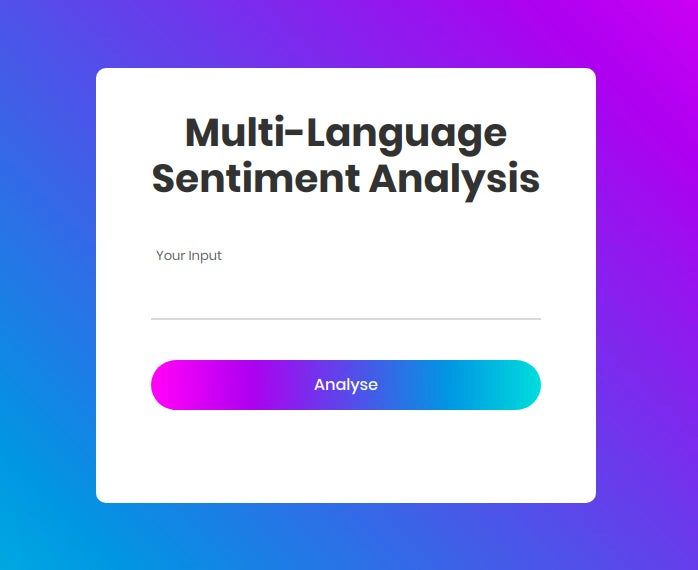
Multilingual sentiment analysis is highly challenging and comparatively tricky. It involves the classification and processing of several languages. Alternatively, language classifiers can be used to train and customize sentiment analysis based on needs such as the language of your choice.
Aspect Based Sentiment Analysis (ABSA)
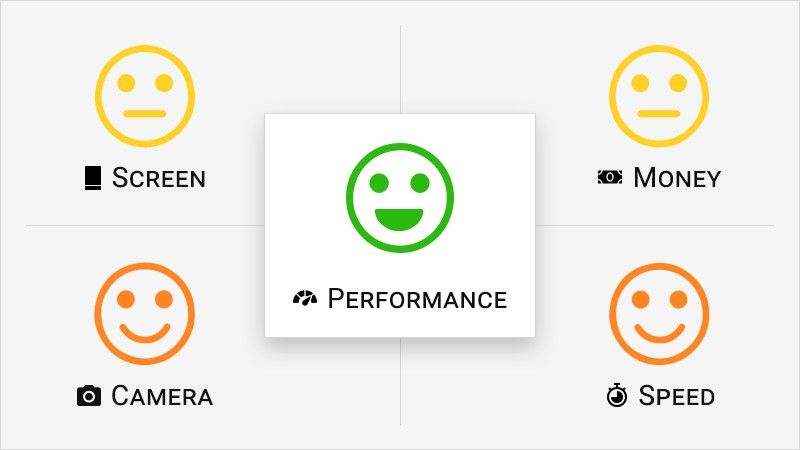
ABSA focuses on identifying the features or aspects of an entity or an opinion, such as product reviews. For example, reviews are often composed of several opinions about the characteristics of a product like the UI, price, mobile versions, integrations, to name a few. In other words, it's more of a granular approach to analyzing reviews.
Review 1:
Adobe Acrobat Capture is expensive.
Entity: Adobe Acrobat Capture
Aspect: pricing structure
Opinion: expensive
Review 2:
Cred has a very clean and user-friendly UI.
Entity: Cred
Aspect: UI
Opinion: very clean and user-friendly.
Intent Detection
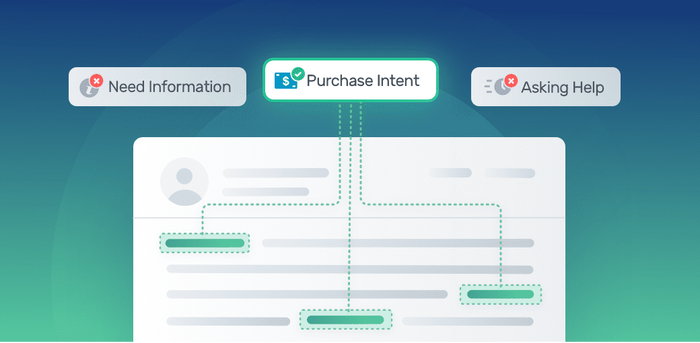
As the name suggests, intent detection analyzes a text to deeply understand the intent behind a given opinion. It detects valuable customer opinions to solve a problem or improve a product or service. Intent detection can also predict if the customer intends on using a product by monitoring and creating a pattern, which is useful in advertising and marketing.
"The app keeps closing when I try to log in, and it's frustrating." — request for assistance.
Is sentiment analysis qualitative or quantitative?
Sentiment analysis can be used on both qualitative and quantitative surveys, reviews, marketing, and customer support interactions. Generally speaking, qualitative analysis indicates the functions of underlying emotions.
This helps diagnose if the text is perceived as a challenge or a threat.
In comparison, quantitative analysis is less tangible and involves complex data that's subjective. It focuses on opinions that cannot be expressed as a number.
Importance of Sentiment Analysis
Powered by machine learning, sentiment analysis turns any unstructured data gathered from transcripts, chatbots, social media, and surveys into meaningful information.
It is a powerful resource that helps bring a strategic change for a brand's value proposition, delivery, experience, and decision making.
Sentiment Analysis Benefits and Examples:
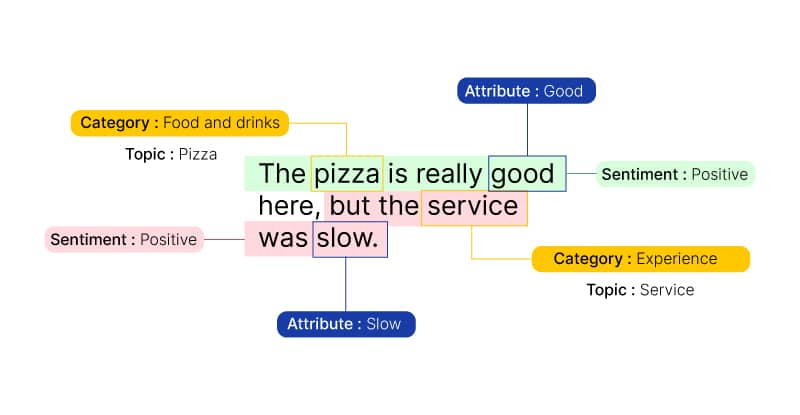
- Increase Meeting Efficiency
You can analyze and detect every issue based on what each meeting participant is saying and know how they feel about it in one go, so you don't need to have multiple meetings to discuss the same issue.
- Coaching
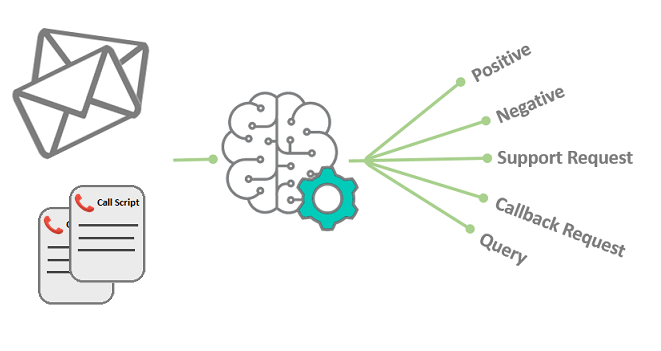
It also helps in monitoring and coaching call agents/consultants. In terms of operations, sentiment analysis is also used as a performance measurement tool to monitor a sales representative's empathy or emotional intelligence. This means you can watch the interactions between the service team and potential customers.
One other greatest areas of advancement in sentiment analysis is coaching sales representatives and enhancing their conversations to improve team performance and results—driving revenue by winning more deals faster.
This is mostly done by helping executives identify and analyze what’s working and what’s not with sales scripts and key insights from conversations.
- Lead scoring

Sentiment analysis can also gauge the potential clients' interest by lead scoring. Scores are represented on a scale of -1 and 1, where the low end represents negative responses while the high end indicates positive responses.
You only need to adjust how you evaluate these scores based on the audience trends and checking the percentage of sentiments.
For example, if you're surveying dissatisfied customers, you could be dealing with more negative scores than usual. If in another case, the call has a higher positive score (i.e. 60%) than negative, then the person could potentially turn into a hot lead.
- Brand Monitoring
Customer feedback and online conversations are important aspects of brand monitoring. Apart from social media, conversations can happen on news, websites, review blogs, or forum discussions. Hearing customers’ voices with text analysis and sentiment extraction can help understand their attitude towards a product or a service. It helps the brand analyze if the product is satisfactory or if there's a need for it.
Customer Feedback: "I loved the show. There's so much depth and passion in their performance. I'd definitely watch them in Sydney next September."
Sentiment: Positive
Customer Feedback: "The bass guitar was out of pitch, and the lead singer was off-tune at some parts. I didn't enjoy the show; it wasted my time and money.
Sentiment: Negative
Brand monitoring helps get detailed analysis on product features and enables you to see which aspects of your product are most praised or criticized by customers.
- Social Media Monitoring
Did you know that around 500,000 tweets go live, containing valuable insights on brands, products, and services, every minute?
Twitter sentiment analysis allows businesses to extract emotions underlying conversations on social media. It helps to understand how people talk about a topic and why.
With sentiment analysis, you can quickly detect dissatisfied customers, prioritize responses, and categorize issues based on urgency. It can also help monitor social media conversations over a duration, such as during a product launch.
- Customer Service
We gain invaluable insights into customer sentiments through brand and social media monitoring. But did you know you could use sentiment analysis even in voice calls for marketing, sales, & customer success alignment too? This is useful in call centers or customer service teams.
We all know the drill: good customer service equals higher customer retention. This means that customers expect issues to be addressed immediately in a fast and hassle-free manner.
Net Promoter Score (NPS) survey is one of the most popular ways to gain feedback from customers. The scores are used to identify the overall customer experience.
Another way is via call analysis. Several conversational intelligence tools can analyze all the utterances in a phone call to understand the overall mood of the customer.
By looking at the sentiments in call transcripts, managers can identify trends and often spot issues before important KPIs like NPS and sales take a hit.
- Market Research
Do you want to test your product-market fit? Sentiment analysis has got your back!
Let's take phones as an example:
Performing sentiment analysis of tweets relating to the product allows you to analyze how people feel about the product. How do customers like it? Is it useful? Does it serve the purpose? Perhaps they are unhappy with the pricing or might want a new feature.
Such insights can help companies transform their business and take several strategic measures to:
- attract new customers
- become more competitive
- reduce customer servicing
- make the brand more profitable
- sell more services
- retain existing customers
- improve marketing campaigns
How Fireflies Sentiment Analysis Works
At Fireflies, we understand the importance of analyzing sentiments while transcribing calls and tracking action items. Hence, we've integrated the Sentiment Filters onto our Smart Search feature.
Fireflies use standard sentiment filters to detect the call's positive, negative, and neutral statements. It also helps you improve your approach as you can quickly gauge which words or phrases you should focus on to get your message across.
So how exactly do sentiment filters work?
Fireflies will automatically filter essential keywords or phrases and categorize them into positive, negative, and neutral sentiments.
You need to click on any filter buttons to understand the participants' sentiments throughout the call. The results are currently expressed in percentage, so you'd be able to gauge how well the call went.
Wrapping Up
Sentiment analysis is a useful way to gain insights into your target audiences' opinions about your product or service. It can be applied to several areas of business—from market research to brand monitoring. Regardless of its existing limitations, sentiment analysis is poised to move beyond a high-tech whim into a must-have tool to get unbiased insights into customer opinion.




